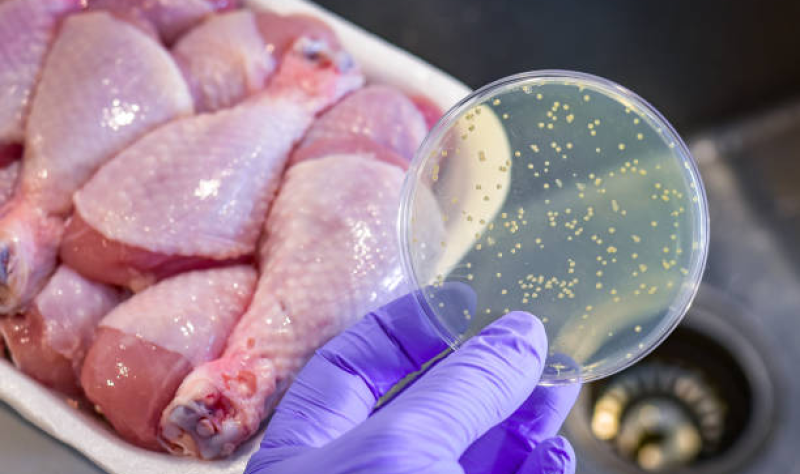A third of US food outbreaks and 3500 illnesses tied to non-irradiated eligible food - University of Minnesota Twin Cities

Of 482 US foodborne outbreaks caused by four common bacteria from 2009 to 2022, 32.2%—involving more than 3,500 sick people and 10 deaths—were linked to a food that could have undergone pathogen-neutralizing irradiation but did not, researchers from the Centers for Disease Control and Prevention reported yesterday in Emerging Infectious Diseases.
The investigators identified foodborne disease outbreaks reported to the Foodborne Disease Outbreak Surveillance System (FDOSS) and the National Outbreak Reporting System through February 2022. For outbreaks to be included in the study, the first illness had to have been reported from 2009 to 2020 and be tied to Campylobacter, Salmonella, Escherichia coli, or Listeria monocytogenes.
The team also reviewed the literature to identify outbreaks that FDOSS didn't capture. An outbreak was defined as at least two illnesses associated with common exposure to a food.
Food irradiation has been proven to be a safe, effective way to reduce foodborne illness–causing pathogens, sterilize insects, delay ripening or sprouting, and lengthen shelf life, the study authors said.
"The US Food and Drug Administration has approved various foods for irradiation, including meat, poultry, fresh shell eggs, and spices," they wrote. "However, irradiation has not been widely adopted in the United States because of large fixed costs and the perception of consumer unwillingness to purchase irradiated food."
Outbreaks led to 10 deaths
FDOSS listed 2,153 foodborne outbreaks caused by one of the four bacteria. Of those, 482 (22.4%) contained information on processing methods, none of which listed irradiation.
Estimates of the amount of irradiated food available in the United States are scarce, but as of 2010, approximately one third of spices consumed and <0.1% of imported fruit, vegetables, and meats were irradiated.
A total of 155 of 482 (32.2%) foodborne outbreaks involved an irradiation-eligible food that wasn't irradiated. The outbreaks resulted in 3,512 illnesses, 463 hospitalizations, and 10 deaths. The most common bacterial sources were chicken (52 outbreaks), beef (31), and eggs (29), which made up 72% of outbreaks tied to foods that could have been irradiated.
"Campylobacter, Salmonella, Escherichia coli, and Listeria monocytogenes are among the most common bacterial foodborne pathogens causing illnesses, hospitalizations, and death in the United States and can be neutralized by irradiation at sufficient doses," the researchers wrote.
"Estimates of the amount of irradiated food available in the United States are scarce, but as of 2010, approximately one third of spices consumed and <0.1% of imported fruit, vegetables, and meats were irradiated," they added.
Irradiation of commonly contaminated foods
Irradiation destroys large proportions of pathogens, but food may become contaminated after irradiation, the authors said. "Irradiation can be a useful tool in improving food safety complementary to existing food safety practices," they wrote. "Consumer demand for irradiated foods may be increased through education."
The team noted that outbreak reporting to FDOSS is voluntary, and processing method information is often not listed, so public health officials may not have reported or recognized outbreaks because they had limited knowledge of irradiation or weren't familiar with labeling practices.
"For outbreaks with multiple etiologies including a pathogen other than the 4 of interest, irradiation might not have reduced those pathogens," they wrote.
In summary, "These results suggest that some outbreaks could be prevented or mitigated through irradiation," the researchers concluded. "Prioritizing food irradiation efforts, particularly for chicken, beef, and eggs, could substantially reduce outbreaks and illnesses."
Comments
Post a Comment